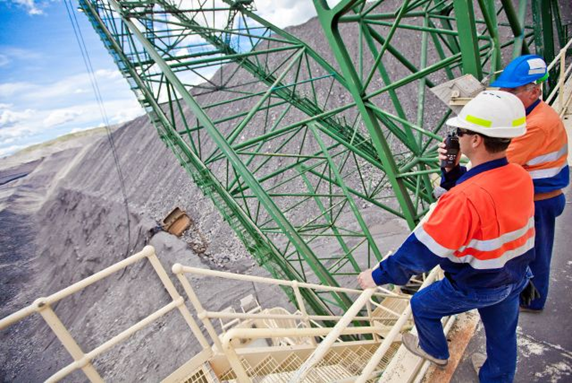Two-way radios have been around for decades and have proven to be a practical and reliable means of communication. From emergency responders to outdoor enthusiasts and industrial workers, two-way radios are widely used in various settings where clear and efficient communication is crucial.
Advantages of Using a Two-Way Radio
- Improved communication: Two-way radios offer a quick and reliable means of communication between workers in an industrial setting. They allow workers to communicate instantly, even when they are spread out across a large facility or working in noisy environments where verbal communication is difficult.
- Increased productivity: With the ability to communicate quickly and easily, workers can coordinate their efforts and respond to issues in real-time. This can lead to increased productivity and efficiency in completing tasks and projects.
- Enhanced safety: Two-way radios can be used to quickly alert workers of safety hazards, emergencies, or other critical situations. In an industrial setting, where safety is paramount, two-way radios can be a lifesaver in the event of an emergency.
- Cost-effective: Compared to other communication tools, such as cell phones, two-way radios are a cost-effective option for industrial settings. They require no ongoing fees or contracts and can be used in areas with limited cell phone coverage.
- Durability: Two-way radios are designed to withstand harsh industrial environments, including dust, moisture, and extreme temperatures. They are built to last and can withstand the wear and tear of daily use.
This post was written by Justin Tidd, Director at Becker Mining Communications! For over 15 years, Becker Communications has been the industry’s leader in mining radio communication systems and electrical mining communication systems. As they expanded into surface mining, railroads, and tunneling they added wireless communication systems, handheld radios, tagging and tracking systems, as well as gas monitoring.

